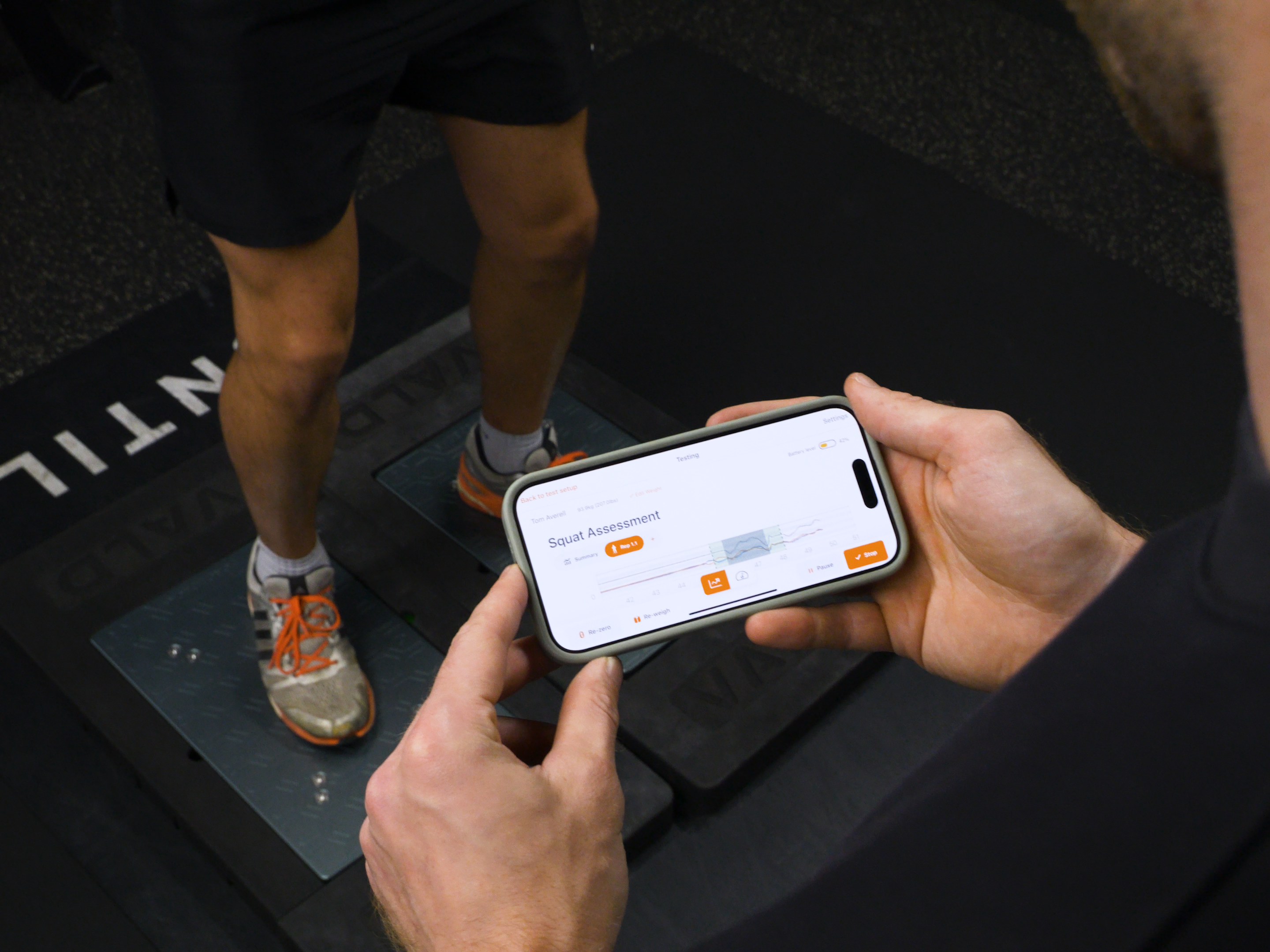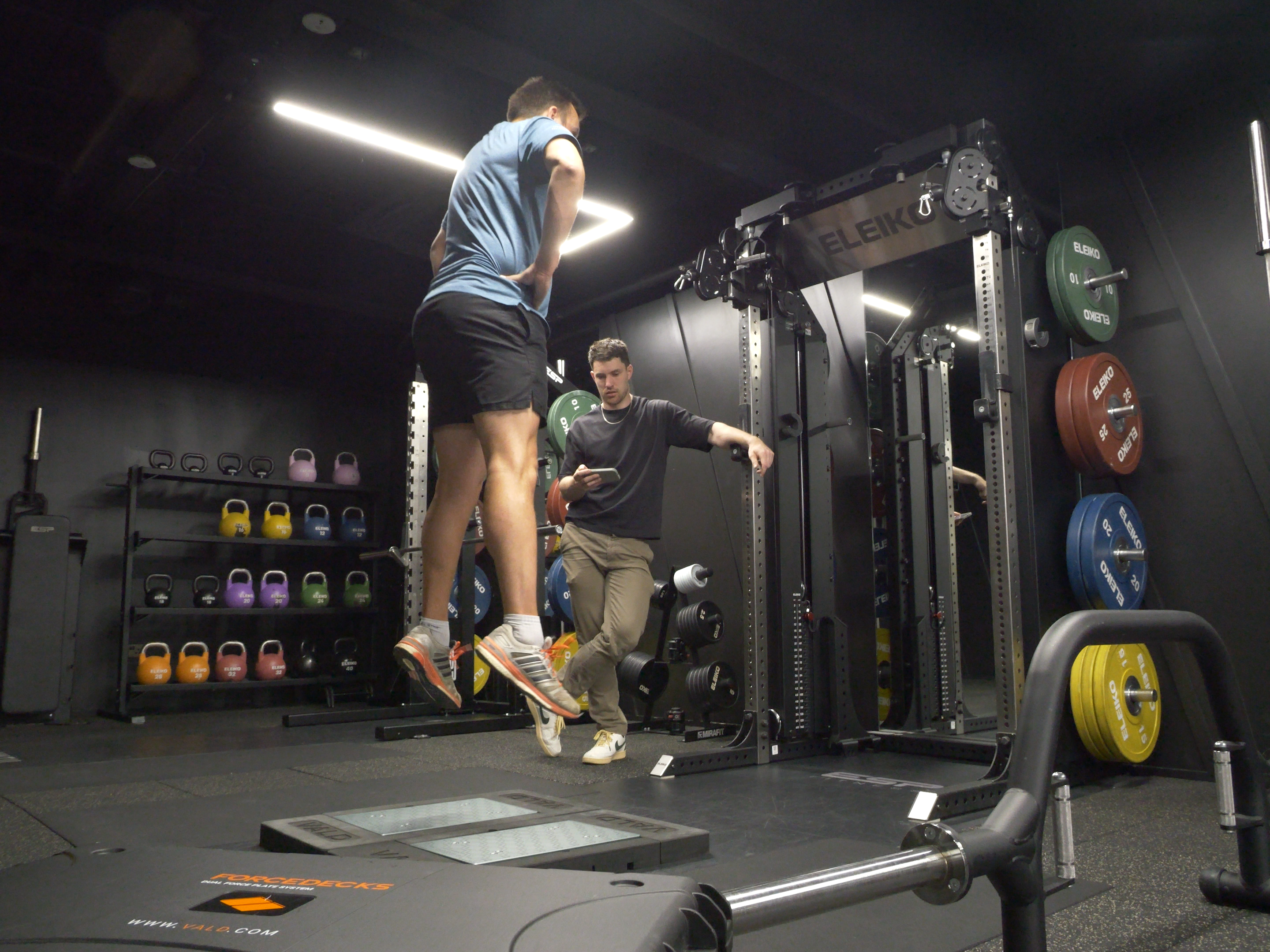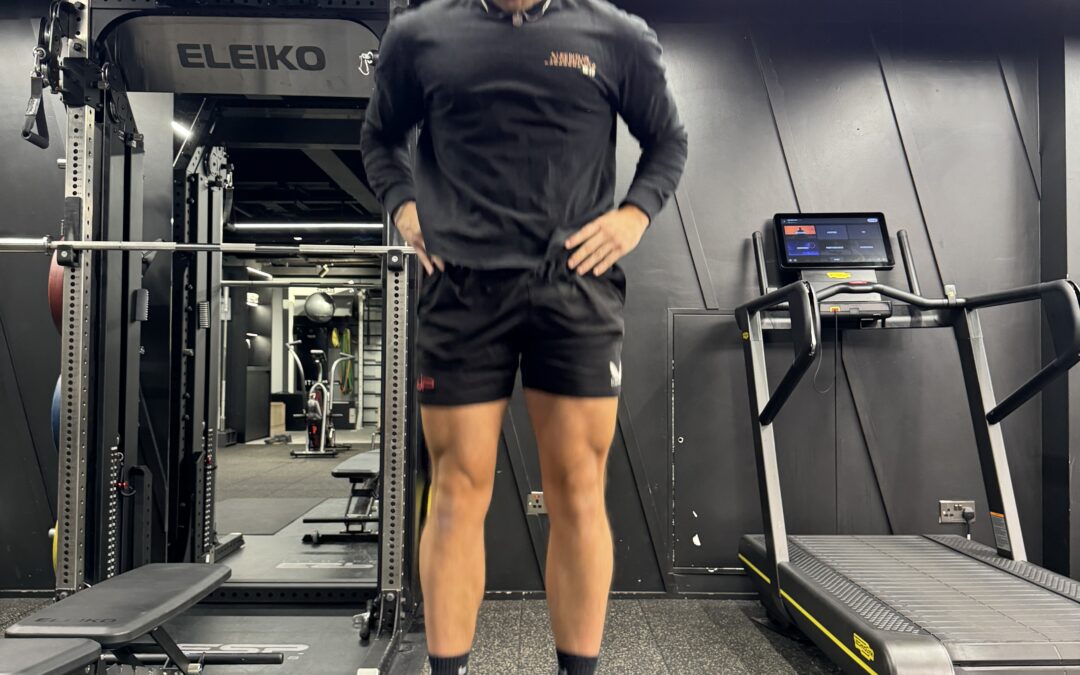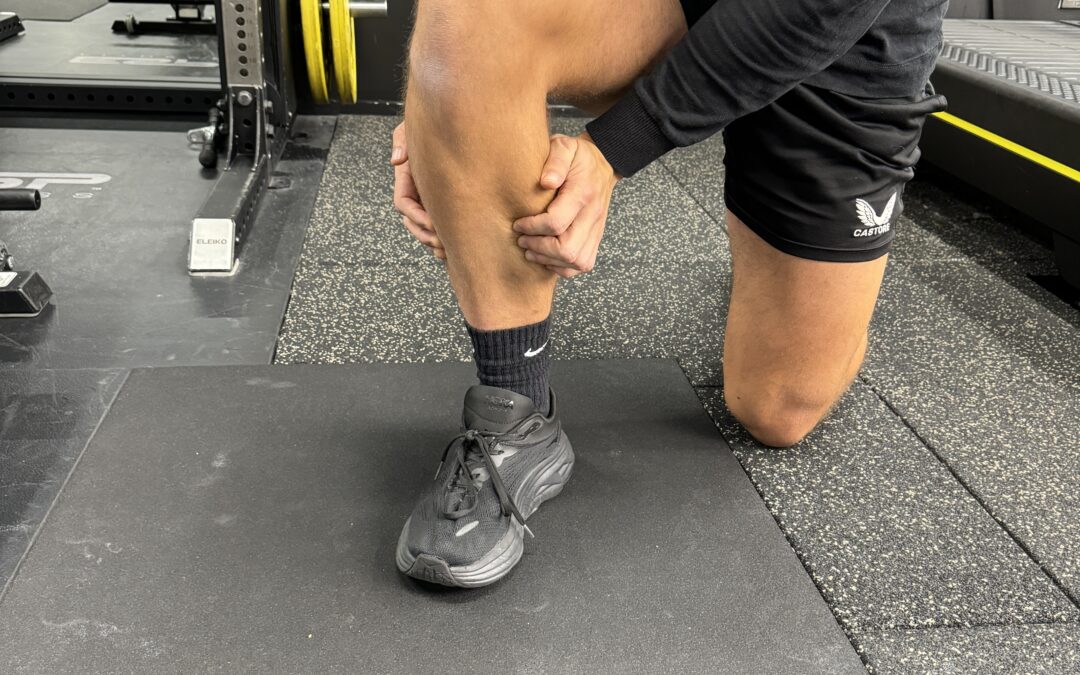An anterior cruciate ligament (ACL) injury can be one of the most challenging injuries for athletes and individuals alike. ACL rehab often involves 9-18 months of rehabilitation, impacting not only the individual but also their team and the healthcare system. ACL injuries are common in multi-directional sports like football, rugby, and sports that involve high-velocity crashes, such as skiing.
Key ACL Injury Statistics:
- Only 80% of athletes return to sport post-ACL surgery.
- Only 65% return to their previous performance level.
- Only 55% return to competitive sports.
- Reinjury risk: 9-29% of individuals experience re-injury within 2 years.
Despite surgical advancements, post-surgery outcomes haven’t significantly improved, often due to inadequate rehabilitation and premature returns to sport. Young athletes are especially at risk, with those returning before 9 months post-op being 7 times more likely to reinjure their knee.
This blog will cover:
- The decision between surgical vs. conservative management for ACL injuries.
- The importance of prehab.
- What to expect in the first stage post-op.
- The importance of progressive rehab.
- Why cutting and change of direction drills are crucial.
- Return-to-play testing.
Surgical vs. Non-Operative Management of ACL Injuries
The management of an ACL injury requires a crucial decision between non-operative and surgical options. Non-operative management involves rehabilitation exercises to strengthen surrounding muscles and improve joint stability. Surgery, on the other hand, involves replacing the torn ACL with autografts (tissue from your own body) or allografts (tissue from a donor).
Recent studies suggest that non-surgical management can be just as effective for certain individuals, especially when combined with a robust rehabilitation program. Factors like age, activity level, and overall health should all be taken into consideration before making this decision.
The Importance of Prehab
Prehab, or pre-surgical rehabilitation, is critical for optimising ACL rehab outcomes. By engaging in targeted exercises before surgery, you can significantly enhance muscle strength, joint stability, and overall fitness, leading to a smoother recovery.
A strong prehab program ensures:
- Full range of motion.
- No swelling in or around the knee.
- The ability to walk without limping.
- Good quad activation.
In many cases, individuals are ready for surgery after 6-12 weeks of prehab, and some may even question whether surgery is still necessary.
The Importance of getting “Quiet Knee” post surgery/ injury?
The first goal post surgery is to gain a quiet knee. A “quiet knee” post-ACL surgery means minimal pain, swelling, or instability. This phase is critical to ACL rehab as it allow tissues to heal properly without complications. Our keys goals here is to gain full knee extension with good quadricep activation and normalise gait. Uses crutches in the initial few weeks and slowly building up your step count can avoid overdoing it and causes the knee to swell more. During this stage, tools like cryotherapy and blood flow restriction training help maintain muscle size and prevent disuse atrophy, setting the stage for more intensive rehabilitation.
Test, Don’t Guess
Many rehab programs used to rely solely on time-based milestones (e.g., running 3 months post-op, returning to sport after 9 months). However, research has shown the importance of functional testing to ensure readiness for these tasks. Using technologies like force platforms and dynamometers, we can measure leg strength and power to ensure 70% strength symmetry before straight line running and 90% strength symmetry before returning to sport. Psychological readiness can also be assessed using tools like the ACL-RSI questionnaire. Using these technologies helps to take out any guess work from your rehab and can be a brilliant tool to build back confidence that you will be able to perform at a high level when you return and have helped minimise you risk of re-injury.

Technology like force platforms can track your progress throughout your rehab helping to make smart informed decisions about when to move on the next phases of your rehab
Strength Training in the Gym
Strength training is the cornerstone of ACL rehab. This can often feel like a bit of a grind as unfortunately after any injury or surgery you will lose a lot of muscle mass and strength around your knee and it is crucial to get this back. You will need to commit to getting to the gym at least 3 times a week to do leg sessions for quite a few months, upper body or cardio sessions would be on top of this. A progressive program should include:
- Hypertrophy phase: Moderate-high loads with low rest times to build muscle size.
- Strength phase: High loads with longer rest times – really pushing heavy weight getting the knee used to high force again.
- Power phase: Quick, explosive movements with a variety of different weights to prep the body for the sport they are going back to. This often blends with plyometrics discussed in the next section
Key exercises include:
- Compound movements like squats and deadlifts.
- Single-leg exercises to build balance and control.
- Isolated muscle strengthening (e.g., knee extensions).
- Force absorption drills, plyometrics and change of direction drills which are discussed in the next few sections
Plyometrics: Don’t Skip It!
Plyometric exercises are crucial for ACL rehab as they mimic the dynamic and explosive movements needed for sports. Early-stage plyometrics focus on low-level jumps and hops, while later stages involve max-effort activities like jumping and hopping. Plyometrics help with neuromuscular control and force absorption, reducing the risk of reinjury. Sport is fast, athletic and dynamic therefore just being strong isn’t good enough, you need to move well. This is what plyometrics give you – the ability to produce a lot of force very quickly helping to accelerate or change direction faster than your opponent. See our blog on plyometrics for more detail Here!!!!
Cutting and Change of Direction Drills
Rehabilitating cutting and change of direction movements are essential for athletes returning to sports like football and basketball. Individuals often sustain ACL injuries during abrupt changes in direction or pivoting, emphasising the necessity of targeted rehabilitation for safe return to such activities. Start with simple agility drills and progress to sport-specific manoeuvres. Incorporating decision-making elements (e.g., reacting to different colour cones) and sport-specific equipment helps prepare athletes for the demands of their sport. This stage is all too often forgotten about in ACL rehab (and rehab in general) but getting good at these before returning to the field will mean you aren’t slower than the rest of the team and help mitigate injury.

Change of direction drills often start in controlled environments in the gym but should be progressed to being on field and more task driven where you are more focused on completing the task than you are on your knee.
Return-to-Play (RTP) Testing
RTP testing is now more sophisticated, using tools like force platforms and video analysis to assess knee function, strength, and power. Tests are designed to ensure the knee can withstand the demands of high-intensity activities without increasing the risk of reinjury. Anyone who has had an ACL injury, whether you have gone down the surgical or non-operative route should absolutely go through this before returning to play. Research has shown that post ACL injuries, athletes often find compensatory strategies by loading their hip and ankle more when performing tasks like jumping and landing. Doing vertical hop testing on the force platforms is gold standard for assessing this so even if you feel great – make sure to test.

Additional Tips for ACL Rehab:
- Celebrate small wins: Every milestone counts.
- Expect setbacks: They’re part of the process, but rarely affect the final outcome.
- Stay positive: Focus on coming back stronger.
- Prioritise recovery: Maximise sleep, nutrition, and protein intake.
- Maintain CV fitness: Don’t let this drop – returning to performance is hard, being unfit makes this harder
- Work on your weaknesses: See this as an opportunity to come back better than before
- Don’t rush: Choose a physio who focuses on regular testing, not just time frames.
- Stay social: Continue supporting your team to keep your end goal in mind.
References
- Waldron et al., 2022. “Anterior Cruciate Ligament Rehabilitation and Return to Sport: How Fast Is Too Fast?”
- Rodriguez-Merchant et al., 2022. “Return to Sport Activities and Risk of Reinjury Following Primary ACL Reconstruction.”
- Beischer et al., 2020. “Young Athletes Who Return to Sport Before 9 Months After ACL Reconstruction Have a Rate of New Injury 7 Times That of Those Who Delay Return.”
- Buckthrope et al., 2024 – Optimising the early-stage rehabilitation process post ACL reconstruction
- Kotsifaki et al., 2020 – Measuring only hop distance during single leg hop testing is insufficient to detect deficits in knee function after ACL reconstruction: a systematic review and meta – analysis


